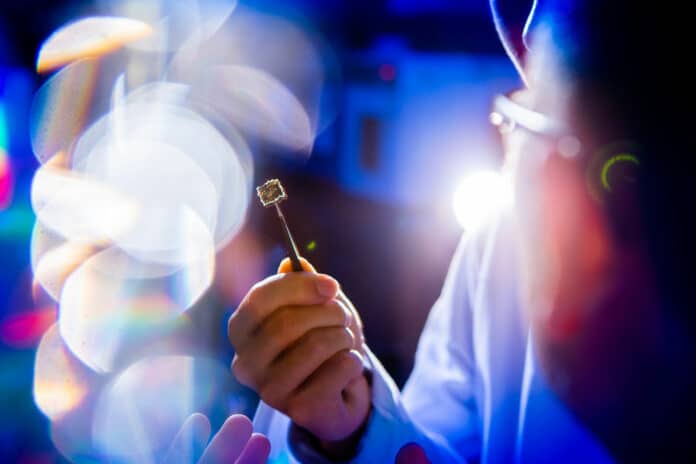A new study by researchers at the University at Buffalo has shown how a magnetic material can be used to help monitor the amount of life left in a rechargeable battery before it needs to be recharged.
As lithium-ion batteries charge and discharge, lithium ions flow from one side of the battery to the other. With this in mind, researchers have developed a lithium-ion battery that uses a special material at the end – a compound whose magnetism changes as lithium ions enter or leave it. This makes it possible to measure the battery’s level of charge by tracking changes in the material’s magnetism, researchers say.
“The main goal of this project was working on magneto-ionics, which uses ions to control the magnetism of materials. As the lithium ions travel in or out of the material we are using, the material will change its magnetization. We can monitor the magnetism, and this enables us to indirectly monitor the lithium ions – the state of charge. We believe this is a new way to provide an accurate, fast, responsive sensing of the state of charge,” says Shenqiang Ren, a scientist and engineer at the University at Buffalo, who led the project.
Their magneto-ionic material is made from vanadium, chromium, and cyanide, with an aqua ligand. The paper in PNAS describes the characteristics of the compound that make it ideal for use in rechargeable batteries and outlines the techniques the scientists used for measuring the material’s changing magnetism in a rechargeable lithium-ion battery.
In addition to Ren, corresponding authors of the study include Yuguang C. Li, Ph.D., UB assistant professor of chemistry; Fei Yao, Ph.D., UB assistant professor of materials design and innovation; and Qimin Yan, Ph.D., Temple University assistant professor of physics. Yong Hu, a UB Ph.D. student in mechanical engineering, was the first author.
